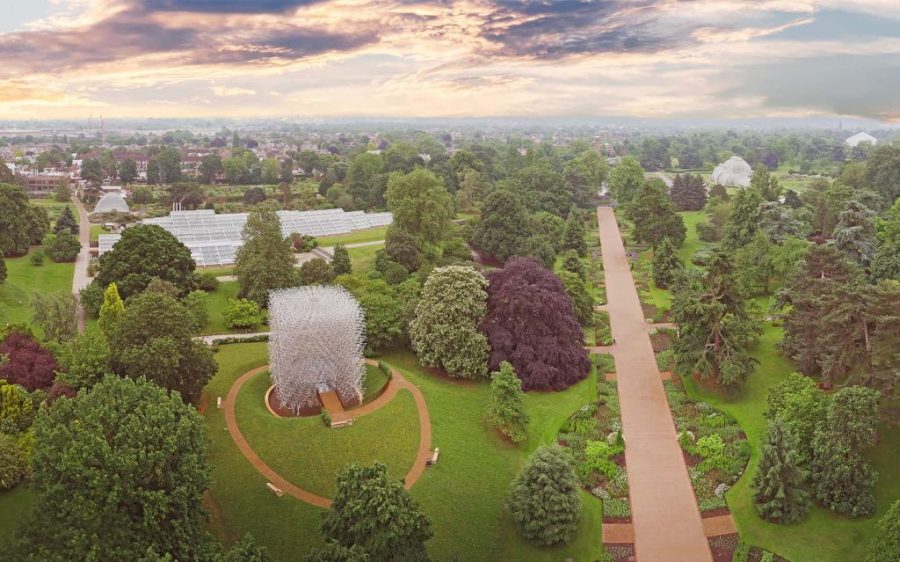By 2090, more than half of London’s Kew Gardens’ 11,000 trees could be struggling to survive due to warmer temperatures and lengthy droughts in the UK. That’s according to a new scientific report published by the botanical gardens’ executive board, detailing a climate change-driven succession plan for the flora.
Kew Gardens is a UNESCO World Heritage-listed park considered to have the most diverse botanical collection in the world. A handful of its trees known as the ‘Five Lions’ hark back to the gardens’ establishment in 1762.
The report identified British natives like English oak, common beech, silver birch and holly as among the most vulnerable species. The gardens’ team was already working to replace them by planting species currently found in the warmer climates of southern Europe, Eurasia and Central America. The team was also sourcing seeds for some native (not endemic) species from drier countries than the UK, like Romania and Serbia, which were thought more likely to withstand London’s projected climate conditions.
[See more: Warmer winters are threatening one of Japan’s most popular sakura trees]
Kew Gardens curator Simon Toomer told the BBC that the succession planting meant the park “will certainly look different” in as little as 50 years’ time.
“I think there will be some really quite novel species that people associate with glasshouses at the moment,” he said. “There might be a few more palms in the landscape … but there will also be a real familiarity. And that’s because a lot of the species that were planted, even back in Victorian times, were plants from around the Mediterranean.”
The report cited a study indicating that, by 2050, London’s famously rainy climate could align with present-day Barcelona’s, in Spain. It noted that climate change would not only bring warmer weather and droughts, but “alter the balance between plants and pests and diseases that affect them.”






